Climate & Environment
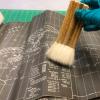 A student worker restored historic ice flow charts in the University Libraries collection, saving irreplaceable data that is part of the climate record while making progress toward her own goal of a career in art conservation and restoration.
A student worker restored historic ice flow charts in the University Libraries collection, saving irreplaceable data that is part of the climate record while making progress toward her own goal of a career in art conservation and restoration. A Conference on World Affairs panel April 14 on a rights-based approach to addressing climate change vacillated between optimism at momentum around potential solutions and the grim truth that emissions keep rising and the Earth—and all of humanity—face dire consequences.
A Conference on World Affairs panel April 14 on a rights-based approach to addressing climate change vacillated between optimism at momentum around potential solutions and the grim truth that emissions keep rising and the Earth—and all of humanity—face dire consequences.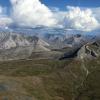 Six decades of river data in Alaska highlight the cumulative and consequential impacts of climate change for local communities and ecosystems in the Arctic.
Six decades of river data in Alaska highlight the cumulative and consequential impacts of climate change for local communities and ecosystems in the Arctic.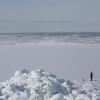 Under a contract valued at $68 million, the NSIDC will provide data management services focused on preserving, documenting and providing access to cryospheric data and related geophysical data. This is the seventh time the NSIDC has been selected for the work.
Under a contract valued at $68 million, the NSIDC will provide data management services focused on preserving, documenting and providing access to cryospheric data and related geophysical data. This is the seventh time the NSIDC has been selected for the work. Distinguished Professor Emeritus Tom Veblen's 40-year census research finds that climate change has tripled tree mortality and forestalled regeneration.
Distinguished Professor Emeritus Tom Veblen's 40-year census research finds that climate change has tripled tree mortality and forestalled regeneration. A report released this week by the United Nations’ Intergovernmental Panel on Climate Change warns the world of dire consequences if rapid action to reduce emissions and adaptation are not prioritized. A CU expert shares his take on economic and political impacts of this latest report.
A report released this week by the United Nations’ Intergovernmental Panel on Climate Change warns the world of dire consequences if rapid action to reduce emissions and adaptation are not prioritized. A CU expert shares his take on economic and political impacts of this latest report.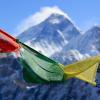 Thanks to technological advances in microbial DNA analysis, CU researchers have discovered that mountaineers’ boots aren’t the only things leaving footprints on the world’s tallest mountain.
Thanks to technological advances in microbial DNA analysis, CU researchers have discovered that mountaineers’ boots aren’t the only things leaving footprints on the world’s tallest mountain.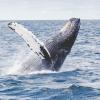 CU Boulder experts explain why the high seas matter to all of us, and how a recent United Nations agreement aims to protect marine biodiversity in international waters.
CU Boulder experts explain why the high seas matter to all of us, and how a recent United Nations agreement aims to protect marine biodiversity in international waters.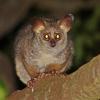 A surprising number of primates may be dying on roads and around power lines or from dog attacks in Sub-Saharan Africa. A few simple solutions, such as not leaving food out at night, may help.
A surprising number of primates may be dying on roads and around power lines or from dog attacks in Sub-Saharan Africa. A few simple solutions, such as not leaving food out at night, may help.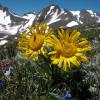 Through the Niwot Ridge Long Term Ecological Research Project, housed at CU Boulder's Mountain Research Station, scientists will continue to examine the impacts of a warming world on the university's highest campus.
Through the Niwot Ridge Long Term Ecological Research Project, housed at CU Boulder's Mountain Research Station, scientists will continue to examine the impacts of a warming world on the university's highest campus.


